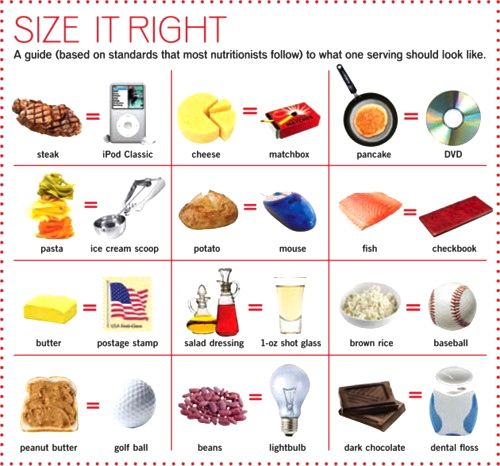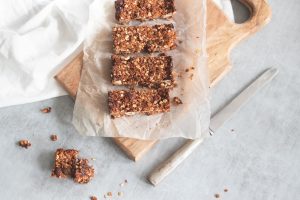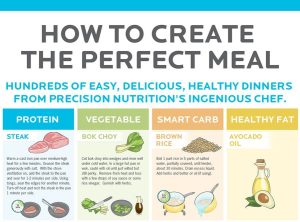
When it comes to maintaining a healthy lifestyle, one of the most important factors to consider is portion control. Eating the right amount of food can help you manage your weight, improve digestion, and prevent overeating. But how much should you really be eating? In this article, we will delve into the basics of portion control and provide you with some helpful tips to get started.
The Importance of Portion Control
Portion control is essential for maintaining a healthy weight and overall well-being. When you eat oversized portions, you are more likely to consume excess calories, leading to weight gain and potential health problems. By controlling your portion sizes, you can better manage your calorie intake and ensure that you are providing your body with the nutrients it needs without overindulging.
Determining Your Ideal Portion Sizes
While the amount of food you should eat can vary depending on factors such as age, gender, activity level, and metabolism, there are general guidelines that can help you determine your ideal portion sizes. The following are some basic tips to help you get started:
1. Listen to Your Body
Pay attention to your hunger and fullness cues. Eat when you are hungry and stop when you are satisfied, not when you are overly full. Avoid eating out of boredom or emotional reasons, as this can lead to overeating.
2. Use Portion Control Tools
Utilize tools such as measuring cups, food scales, and portion control plates to help you visualize and measure your food portions. This can be especially helpful when you are first starting out and are not sure how much you should be eating.
3. Follow the Plate Method
Divide your plate into sections: half for vegetables, a quarter for protein, and a quarter for carbohydrates. This method can help you create balanced meals and control your portion sizes without having to measure everything meticulously.
Tips for Practicing Portion Control
Now that you have a better understanding of portion control and how to determine your ideal portion sizes, here are some additional tips to help you practice portion control effectively:
1. Be Mindful of Your Portion Sizes
Avoid eating straight from the bag or container, as this makes it easier to overeat. Instead, portion out your food onto a plate or bowl to give you a better idea of how much you are consuming.
2. Slow Down and Chew Your Food Thoroughly
Eating slowly and chewing your food properly can help you feel fuller faster and prevent overeating. Take your time to savor each bite and give your body a chance to register that you are full.
3. Plan Your Meals and Snacks Ahead of Time
By planning your meals and snacks ahead of time, you can avoid impulsive eating and ensure that you are eating balanced portions throughout the day. Prepare healthy snacks and portion them out into containers for easy grab-and-go options.
Conclusion
Portion control is a fundamental aspect of maintaining a healthy lifestyle and managing your weight. By understanding how much you should be eating and practicing portion control effectively, you can improve your overall well-being and prevent overeating. Start implementing these tips into your daily routine and watch as your relationship with food and your body transforms for the better.

